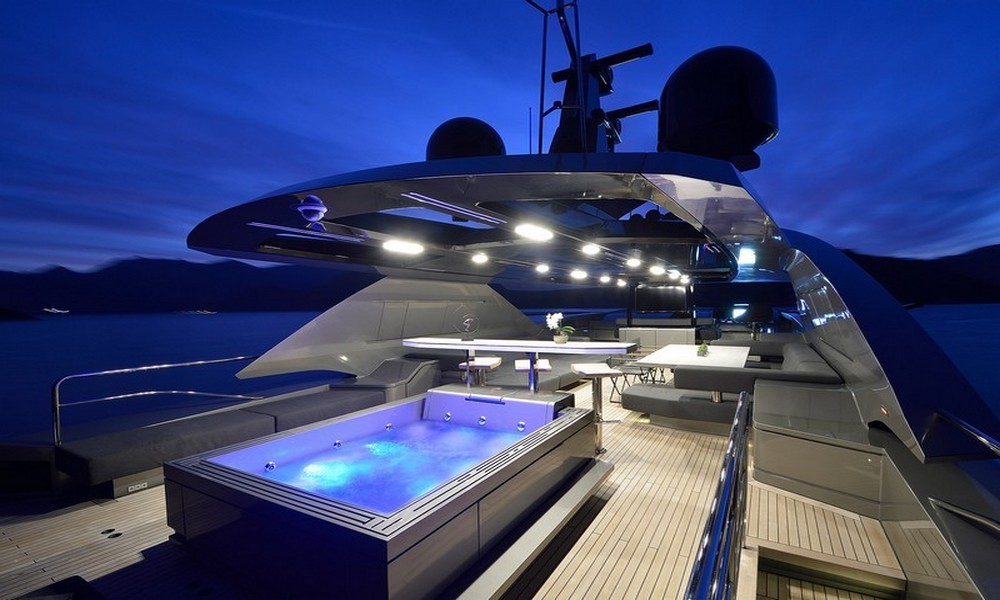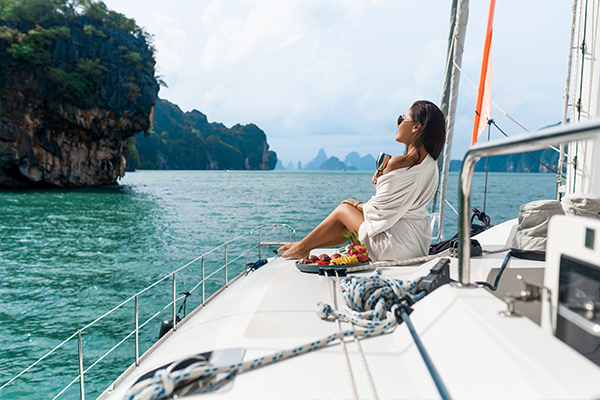Yacht photography requires careful timing coordination to capture vessels in their most compelling visual presentation. The interplay between natural lighting conditions, weather patterns, and water surface characteristics creates distinct opportunities for exceptional maritime imagery. Professional photographers recognize specific time windows that produce superior results compared to random shooting schedules. These optimal periods combine favourable lighting angles with calm water conditions that enhance vessel appearance while minimizing technical challenges. The timing considerations extend beyond simple daylight availability to encompass atmospheric conditions, seasonal factors, and environmental elements contributing to outstanding yacht photography.
-
Golden hour advantages
The period immediately following sunrise and sunset provides yacht photographers with unparalleled lighting conditions that dramatically enhance vessel aesthetics. These golden hour sessions create warm, diffused illumination that flatters yacht lines while minimizing harsh shadows that can obscure architectural details. For perfect photo lighting, early morning hours during your boat rental Dubai experience offer calm seas and golden skies, ideal for capturing elegant yacht silhouettes and reflections. The low sun angle during golden hours creates dimensional lighting that emphasizes yacht contours and superstructure details while producing attractive reflections across polished surfaces. This natural illumination eliminates the need for complex artificial lighting setups while creating visually appealing colour temperatures that enhance overall image quality.
-
Weather pattern optimization
Meteorological conditions are crucial in determining optimal yacht photography timing beyond simple lighting considerations. Light wind conditions create gentle water movement that produces attractive surface textures without excessive wave action that might obscure vessel waterlines or create stability challenges for photographers. Monitoring weather forecasts helps identify days with exceptional clarity that produce crisp, vibrant images with excellent contrast and detail resolution. Temperature considerations affect equipment performance and crew comfort during extended photography sessions aboard moving vessels.
-
Seasonal timing considerations
Different seasons offer unique advantages for yacht photography depending on geographic location and desired aesthetic outcomes. Winter months in tropical regions provide clear skies and calm conditions while avoiding intense summer heat that can create challenging working conditions. Spring and autumn often deliver optimal weather combinations with moderate temperatures and stable atmospheric conditions. Sunset colours vary throughout the year based on atmospheric conditions and sun positioning, creating opportunities for distinct visual moods across different seasons. The seasonal timing choice affects immediate shooting conditions and the broader environmental context that frames yacht subjects within their maritime settings.
-
Water surface conditions
Calm water conditions greatly enhance yacht photography results by creating clean reflections while eliminating motion blur caused by vessel movement in rough seas. Early morning periods typically offer the calmest water conditions before daily wind patterns develop and increase surface agitation. These smooth water conditions provide mirror-like reflections that double the visual impact of yacht subjects while creating symmetrical compositions. The water surface quality affects both technical camera settings and aesthetic outcomes, as rough conditions require faster shutter speeds that may compromise the depth of field options, In contrast, calm conditions allow for creative extended exposure techniques.
Tidal considerations can influence water clarity and colour characteristics that contribute to overall image quality and visual appeal. Coordinating with yacht crews helps identify optimal vessel positioning for various shots while ensuring compliance with safety protocols during active photography sessions. The timing must balance photographic requirements with operational necessities to create successful outcomes for all participants involved in the maritime photography experience.


